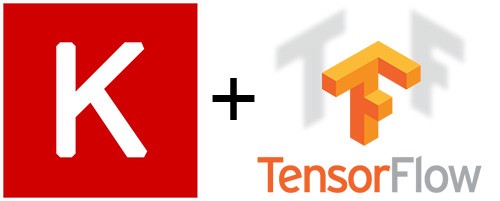How to setup a binary classification Deep Leaning Model in Keras

Binary classification is a type of supervised machine learning problem where the goal is to predict one of two possible outcomes, such as “yes” or “no”, “true” or “false”, or “0” or “1”. In deep learning, a binary classification model is a neural network that is trained to classify input data into one of two classes.
In Keras, you can create a binary classification model using the Sequential() function to create a linear stack of layers, and the Dense() function to add layers to the model. The input layer of the model receives the input data, and the output layer produces the final prediction.
In between the input and output layers, you can add one or more hidden layers, which are responsible for processing the input data and extracting features. The number of hidden layers, the number of neurons in each layer, and the activation functions used in the layers, are all hyperparameters that can be adjusted to optimize the performance of the model.
When creating a binary classification model in Keras, the last layer of the model should be a Dense layer with one neuron and a sigmoid activation function. The sigmoid activation function produces a probability value between 0 and 1, which can be interpreted as the likelihood that the input data belongs to one of the two classes.
Once the model is created, it needs to be compiled before it can be trained. The compile() function takes several arguments, such as the optimizer, loss function, and metrics. The optimizer is used to update the weights during training, the loss function is used to measure the error of the network, and the metrics are used to evaluate the performance of the network.
After the model is compiled, it can be trained using the fit() function, which takes the input data and the corresponding output labels as arguments. The model will then adjust its weights and biases to minimize the loss function on the given data.
In summary, to setup a binary classification deep learning model in Keras, you need to create a new model using the Sequential() function, add layers to the model using the Dense() function, make sure the last layer is a Dense layer with one neuron and a sigmoid activation function, compile the model using the compile() function, and train the model using the fit() function.
In this Applied Machine Learning & Data Science Recipe (Jupyter Notebook), the reader will find the practical use of applied machine learning and data science in Python programming: How to split train and test datasets using validation_split in Keras.
Latest end-to-end Learn by Coding Recipes in Project-Based Learning:
All Notebooks in One Bundle: Data Science Recipes and Examples in Python & R.
End-to-End Python Machine Learning Recipes & Examples.
End-to-End R Machine Learning Recipes & Examples.
Applied Statistics with R for Beginners and Business Professionals
Data Science and Machine Learning Projects in Python: Tabular Data Analytics
Data Science and Machine Learning Projects in R: Tabular Data Analytics
Python Machine Learning & Data Science Recipes: Learn by Coding
R Machine Learning & Data Science Recipes: Learn by Coding
Comparing Different Machine Learning Algorithms in Python for Classification (FREE)
Introduction to Applied Machine Learning & Data Science for Beginners, Business Analysts, Students, Researchers and Freelancers with Python & R Codes @ Western Australian Center for Applied Machine Learning & Data Science (WACAMLDS) !!!
Subscribe SETScholars on YouTube.
Support SETScholars for Free End-to-End Applied Machine Learning and Data Science Projects & Recipes by becoming a member of WA Center For Applied Machine Learning and Data Science (WACAMLDS). Membership fee only $1.75 per month (on annual plan) and you will get access to 425+ end-to-end Python & R Projects.
Western Australian Center for Applied Machine Learning & Data Science – Membership